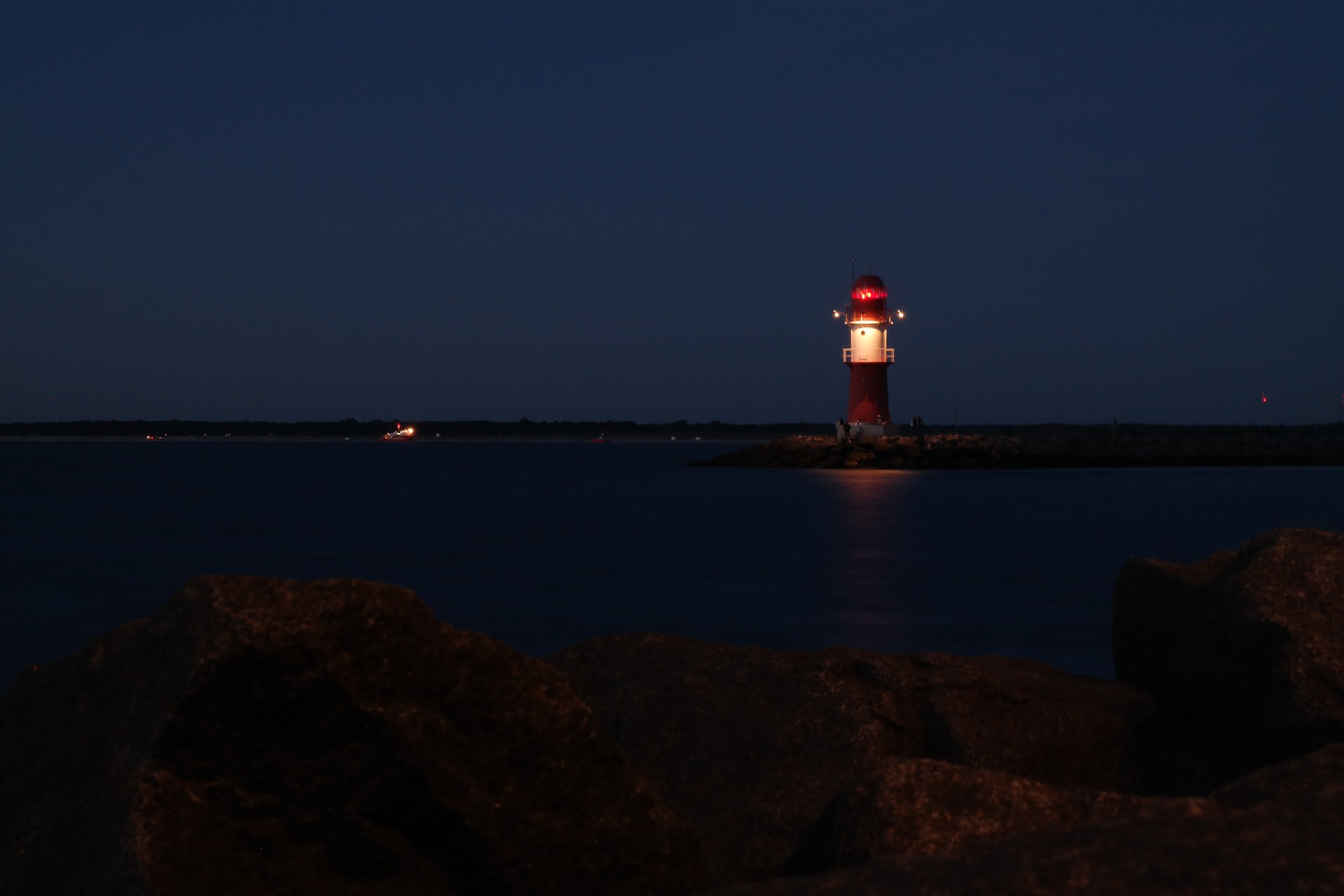Tag: strategy
First things first: What game are you playing?
 Strategy before execution. This should be simple.
Strategy before execution. This should be simple.
But it’s human nature to jump right into doing stuff before sweating out the big questions.
For example, a couple prospective clients have put off small, closed-ended projects that I proposed to help them align operating strategy and marketing. This in turn would help them answer such daunting digital communications questions as how to deal with social media, and what capabilities does the website need to offer?
It’s my suspicion that what they’ll really learn is the organization doesn’t actually have a unifying operating strategy. But in both cases, the reason given for delaying the little strategy project is that they first have to devote all their attention to the big website project.
I understand that building a new website is daunting. But it’s even harder if you don’t know what purpose the new website is supposed to serve. It’s like getting ready to knock the ball in the hole without knowing whether you’re playing billiards or golf.
That’s why strategy always needs to come before execution. Strategy tells you what you’re trying to do. The website will help you do it. But only if you tackle them in the right order.
Image courtesy of James Barker/Freedigitalphotos.net
Sailing and business: #2
Win your side.
On days when the wind is shifty, the winner of a race usually comes from one side of the course our the other; rarely from the middle.
That means you have to choose which side you’re going to sail. No remorse allowed. Eventually, you may realize you’ve picked the wrong side; the winner is going to come from the other side.
What do you do? Experience teaches you not to cross the course and get to the other side. In doing so, you’ll probably end up as the last-place boat on the right side of the course.
Instead, focus on winning your side. If you do, the worst you’ll end up is in the middle of the fleet. And often, the winners on the wrong side still finish better than the losers of the right side. So there’s plenty of upside potential in just winning your side.
How does it translate to business? Back in the ’80s, IBM and Apple took opposite sides of the race course – IBM choosing a common platform (MS-DOS) on which to build its computers, and Apple choosing its own proprietary operating system.
IBM chose what turned out to be the right side, allowing it to build computers for the largest share of the desktop/portable computer market.
Since that decisive moment, dozens of companies on both sides of the platform debate have fallen away; even IBM has exited the PC businesss. Apple, meanwhile, won its side; it became the best among proprietary operating platforms.
As a result of its earliest decision, Apply may never become the largest producer of computers. But because it concentrated at winning its side, Apple today has one of the most admired brands – and P&L statements – in the business.
Sailing and business: #1
 Never chase the wind.
Never chase the wind.
In many racing conditions the wind is always changing – in both velocity and speed. The boats that are winning are probably those that find themselves in the best patches of wind.
When things aren’t going so well, it’s usually because you’re not in the good air. But if you see another part of the course where the wind looks better, it will invariably be gone by the time you get there.
The lesson is to find your way to the part of the course where the wind is going to be – not where it is now.
It’s the same in business. When your toughest competitors leap ahead of you, you can’t catch up by simply doing what they’re doing.
Instead you need to figure out the next thing a good company should be doing. When you figure it out, you don’t need to set your course for where your competitors already are; you can set it for where you want to be.

